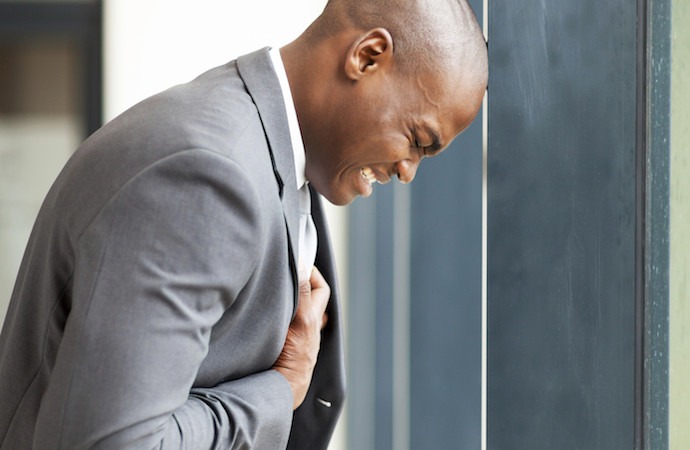Health
Stroke Symptoms You Should Never Ignore

Rapid response to someone having a stroke can mean the difference between minor damage and long-term disability.
Everyone should be familiar with the signs of a stroke. You never know when your knowledge could save a life or keep someone from suffering permanent damage.
A stroke happens to a person when the blood supply to the brain is reduced by a hemorrhage.
In most cases, the person may have seen the signs but chose to ignore which is always fatal.
Below are warning signs of stroke you shouldn’t ignore:
1. Fatigue
We all get tired from time to time, but fatigue after a stroke is something different. Strokes can cause you to feel like you have zero energy.
2. Numb limbs (especially on one side)
While your arms may feel numb – a key component of acting FAST – you may also feel numbness in one of your legs. If you find that you have numbness along one side of your body, you are probably having a stroke.
3. Problems with vision
Contrary to popular belief, people who have experienced a stroke can usually still see out of both eyes. Instead of losing full sight in one eye, you’re likely to lose the same field of vision (i.e., to the right side of your body) from both eyes. It implies that while your eyes and optic nerve are unaffected, a part of the brain that translates information from the optic nerve is damaged.
4. Dizziness
A stroke in the brain stem can cause dizziness and vertigo as well as severe imbalance problems – you literally can’t walk straight even with a lot of concentration.
5. Problems with balance and walking
It can be particularly difficult to walk straight, even without dizziness, especially if you’re experiencing numbness in one of your legs.
6. Severe headache
The key here is that the headache doesn’t resemble a headache you’ve had in the past. So, if you have migraines, you’re not necessarily having a stroke if you’ve got a headache that feels familiar.
7. Confusion
Confusion could be a sign of a right-brain stroke. If you notice yourself or a loved one confusing the sequence of events or tasks or misinterpreting information, it might be a sign of a stroke.
8. Involuntary eye movements
During and after a stroke, you may experience involuntary eye movements and problems seeing in general.
9. Difficulty swallowing
Difficulty swallowing is most common after a stroke, but it might signal that a stroke has occurred and you need medical attention. Symptoms include struggling to swallow when drinking, eating, or taking medicine. It may also be hard to breathe.
10. Muscle stiffness
If you experience numbness down one side of your body, you may also experience muscle stiffness during and after your stroke. Quite simply, a stroke can damage the brain in such a way that it also damages how signals travel between it and the body.
11. Problems reading or understanding speech
Not only can your speech slur if you’ve had a stroke, but your understanding of what words mean could be affected.
Below are risk factors for stroke
High blood pressure
Tobacco usage
Elevated cholesterol
Being overweight
Heavy alcohol consumption
Diabetes
Irregular heartbeat)
Types of Stroke
There are two types of stroke:
1. Ischemic stroke
This type of stroke happens when blood vessels are blocked by a clot.
2. Hemorrhagic stroke
This happens as a result of a rupture of blood vessels within the brain.
If you want to prevent stroke, you need to follow this three-part process
1. You need to modify your lifestyle
2. Select the appropriate prevention drugs
3. Undergo surgical procedures to remove blockages in arteries that could lead to a stroke
What you should do if you or any of your loved ones experience these symptoms?
In some cases, the symptoms may last only a few minutes but you must call for help or an ambulance if necessary. If the symptoms are severe and life-threatening, rush the person to the nearest hospital for proper medical attention.












